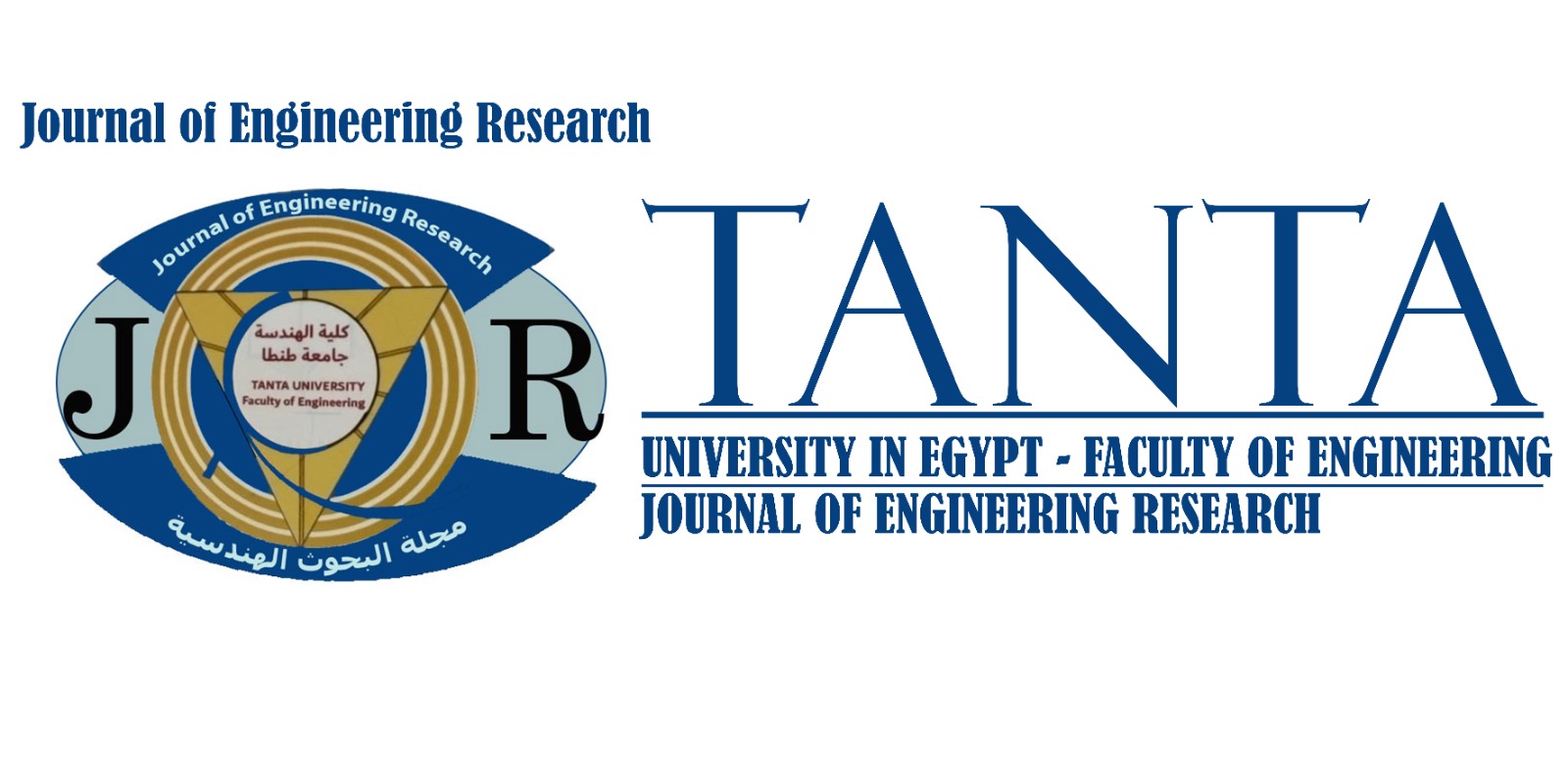Journal of Engineering Research

DOI
https://doi.org/10.70259/engJER.2025.911923
Abstract
This study investigates the structural behavior of connections between multi-cell columns and foundations under bending loads. The term "multi-cell" refers to sections with multiple longitudinal hollow cores separated by thin webs. A total of eight specimens were modeled and analyzed using the finite element software ABAQUS/CAE [1], under a single loading line system until failure. To facilitate this study, a control specimen was created as a benchmark, enabling the assessment of various parameters' impact on the connection. These parameters include embedment depth, the number of cells in the column, the presence of shear studs, internal plates, and concrete infill within the column. Each specimen featured a footing measuring 80 cm x 80 cm with a depth of 25 cm, reinforced with nine rebars in each direction. The base plate measured 20 cm x 20 cm with a 6 mm thickness, and the column had dimensions of 12 cm x 12 cm with a height of 1.5 m and a wall thickness of 6 mm. The performance of the connection was evaluated based on criteria such as crack load, ultimate load, load-displacement curves, energy absorption capacity, ductility index, and crack pattern, aiming to determine the efficacy of the tested parameters. Results indicated that increasing the embedment depth from 8 cm to 12 cm improved connection behavior, with ultimate load and energy absorption increasing by 175% and 225.8%, respectively. Changes in the column's cross-section geometry also significantly affected performance: increasing the number of cells from two to three boosted ultimate displacement by 116.31%, while reducing the number of cells from two to one decreased it by 87.62%. The presence of shear studs in the embedment area positively influenced connection behavior, enhancing ultimate load, displacement, ductility index, and energy absorption by significant percentages. Furthermore, incorporating internal plates and additional reinforcement into the footing markedly improved structural behavior. Filling the column with concrete showed mixed results, increasing ultimate load but reducing displacement, ductility, and energy absorption.
Recommended Citation
Abdllah, Mostafa Abdo Sharp
(2025)
"Experimental Investigation of Multi-Cell Column Foun-dations Under Bending Loads,"
Journal of Engineering Research: Vol. 9:
Iss.
1, Article 31.
DOI: https://doi.org/10.70259/engJER.2025.911923
Available at:
https://digitalcommons.aaru.edu.jo/erjeng/vol9/iss1/31

